Love, Amy
Love, Amy
THE SELECTED LETTERS OF AMY CLAMPITT
Edited by Willard Spiegelman

COLUMBIA UNIVERSITY PRESS NEW YORK
Columbia University Press
Publishers Since 1893
New York Chichester, West Sussex
cup.columbia.edu
Copyright 2005 Columbia University Press
All rights reserved
E-ISBN 978-0-231-50783-7
Library of Congress Cataloging-in-Publication Data Clampitt, Amy.
Love, Amy : the selected letters of Amy Clampitt / edited by Willard Spiegelman
p. cm.
Includes index.
ISBN 0-231-13286-7 (alk. paper)
2. Clampitt, AmyCorrespondence. 2. Poets, American20th centuryCorrespondence.
I. Spiegelman, Willard. II. Title.
Ps3553.L23Z48 2005
811'.54dc22
2204065669
A Columbia University Press E-book.
CUP would be pleased to hear about your reading experience with this e-book at .
For the family, friends, and fans of Amy Clampitt
Contents
It is a sad but undeniable truth that the age of letter writing, among the literati as well as ordinary people, has probably come to a close. Some future scholar may have access to The Complete E-Mails of Mr. or Ms X, but by the end of the twentieth century the great epistolary tradition had begun to wither following its vast flowering in the nineteenth. Lewis Carroll is said to have written ninety-seven thousand letters. Darwins projected correspondence will require thirty volumes. After 1871, the year of The Descent of Man, he wrote approximately four letters a day (fifteen hundred a year), and he installed a mirror in his study window to catch sight of the postman when he walked up the drive. Still, bulk is not everything. In roughly seven years worth of letters before his death at twenty-five Keats presented as full an autobiography of a young writer as has ever existed.
Because we like acquainting ourselves with people even at a distance, the draw of letters as a means of getting to know their author remains strong. Their allure requires little explanation: reading correspondence is one way of constructing or reimagining a life, like assembling a jigsaw puzzle slowly out of various mosaic pieces. And letters by literary figures (like Keats, Byron, George Eliot, and, in the century just past, Virginia Woolf, Hart Crane, Elizabeth Bishop, and James Merrill) offer double insight, or open a double window, into a writers work as well as his or her life. Like ordinary readers, scholars and biographers persist in wanting to have access to writers letters as a possible way of explaining their authors inner and outward selves. But even letters by careful stylistic craftsmen will frustrate as well as satisfy because the reader gets only a single possible picture among many. There will always be missing pieces, of course; all accounts will be partial.
Amy Clampitt offers challenges to a would-be editor. Her literary life, at least her public literary life, absorbed only the last decade-and-a-half of her seventy-four years. Like her life, her letters can be divided, somewhat simplistically, between the years before her fame and the years of her celebrity, especially after the 1983 publication of The Kingfisher, the first of five commercial volumes published before her death in 1994. (In 1973 Clampitt had gathered together and published her early poems in a small volume entitled Multitudes, Multitudes. A second apprentice work, The Isthmus, appeared as a chapbook in 1981. None of these collected poems was ever reprinted.) Elizabeth Bishop, Robert Lowell, and James Merrill, the first two slightly older, the last slightly younger than Clampitt, all published their first poems when they were young. They became parts of the literary scene, even Bishop in far-off Brazil, and they wrote to other literary people as well as to family and friends, all of whom suspected they were dealing with someone important or soon-to-be important. Clampitt, however, lived in quiet obscurity for sixty-three years. She never became a part of a poets community. She wrote few literary letters even after she became well-known, in part because she lacked the time to do so and in part because she had nothing to gain from it. In her sixties Clampitt had already established her styles and ideas, and she did not need to curry favor with other poets or editors or with the general public. During her first foray into a poetry writing class, at the New School in 1977, she came up against an amiable young instructor named Dan Gabriel who I think disapproves of the kind of thing I do but who seemed to offer her bemused tolerance. In her first letter to the poet Mary Jo Salter (June 5, 1979) she observes that a whole generation has been so deadened by rock music that an ear for the music of words may be obsolescent. Youre in love with words, I was told (by a poet, yet) in a tone of accusation. What he meant, I guess, was that I tend to use too many of them.
With regard to words, their music, and so many other poetic habits, Clampitts presiders (to use Keatss term for Shakespeare) had been Keats, Dorothy as well as William Wordsworth, Coleridge, Hopkins, Dickinson, Whitman, and George Eliot, not her contemporaries. Like all great poets, she was always addressing her departed masters as much as her living and future readers. In a 1990 letter about a George Eliot project to Jennifer Snodgrass at the Harvard University Press, Clampitt speaks to the combined isolation and community that all writers maintain: Writers are all to some degree conscious of being lonely people; they crave a company they do not always find except in the vicarious company of those whose imaginative power has electrified their own. The nineteenth century came aliveelectrically, vicariouslyin her. Once she found her medium (poetry rather than fiction) and developed sufficient self-confidence to recite her poems in public and to submit them to journals, in the late 1970s, she was discovered and championed by Howard Moss at the New Yorker, by the young Mary Jo Salter, who mistook Clampitt for a contemporary when she was reading the slush pile of poems at the Atlantic, and by various critics, especially Helen Vendler, who reviewed her favorably and supported her for Guggenheim and MacArthur grants. With the exception of Clampitts exchanges with Salter and Vendler, however, most of the literary correspondence in 19781994 is of a strictly business sort, essentially unexciting. One irony of Clampitts sudden appearance on the literary scene was the dismissal of her work by certain feminist critics who scoffed at her bookish and intellectual temperament, her commitment to high culture, and her exuberantly descriptive style. And not only ideologues of her own gender made fun of her: James Dickey once observed, while seated next to her at dinner, that she wrote poems about flowers. She suffered from the same condescension from men that Dickinson and Bishop also received. Clampitts lettersas well as her poetrywill prove, I hope, that she was an exemplary, determined, woman with strong political convictions as well as independent tastes.
The external shape of Clampitts life before the decade of renown is clear in its outlines. (See Salters vibrant, informative introduction to Clampitts Collected Poems.) Born in Iowa to a Quaker family on June 15, 1920, the eldest of five children, bookish and slightly eccentric from an early age, she was graduated from Grinnell College in 1941 and immediately made a beeline to New York. She had a fellowship for graduate school at Columbia in English, dropped out before the year was up, soon went to work at Oxford University Press as a secretary, and rose to the post of promotions director for college textbooks. In 1949 she won an essay contest, sponsored by OUP, for which first prize was a trip to England. A bit after her return she left the press (1951) to write a novel. When no publisher accepted it, or two subsequent ones, she went back to work, this time as a reference librarian for the National Audubon Society. Birds, like cats, weather, and landscape remained perennially fascinating to Clampitt the woman and the writer: She was galvanized by nature, remembers her oldest New York friend, Phoebe Hoss. (Indeed, in her mature poetry nature often stands inas it did in her lifeas a surrogate for any direct treatment of personal relations.)

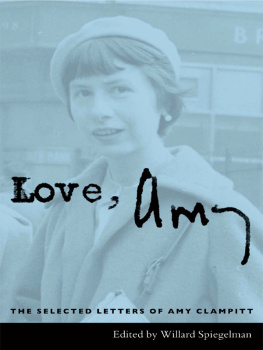

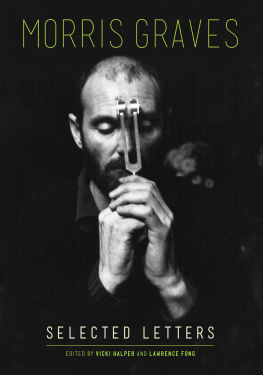

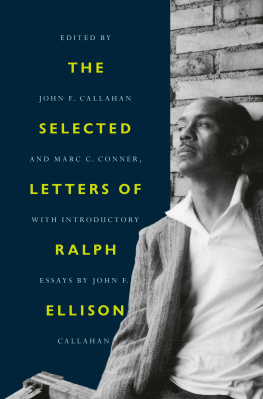
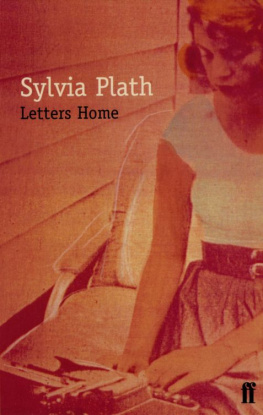
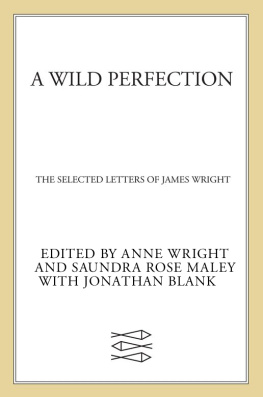
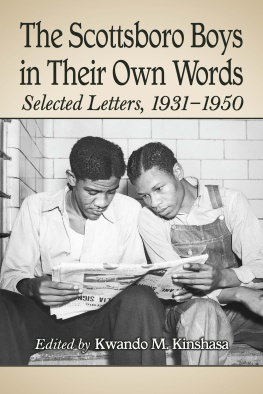
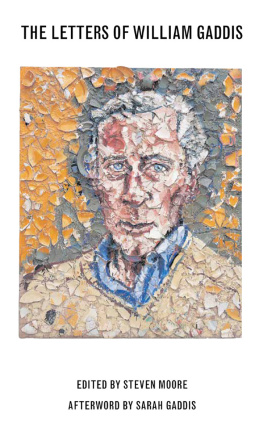
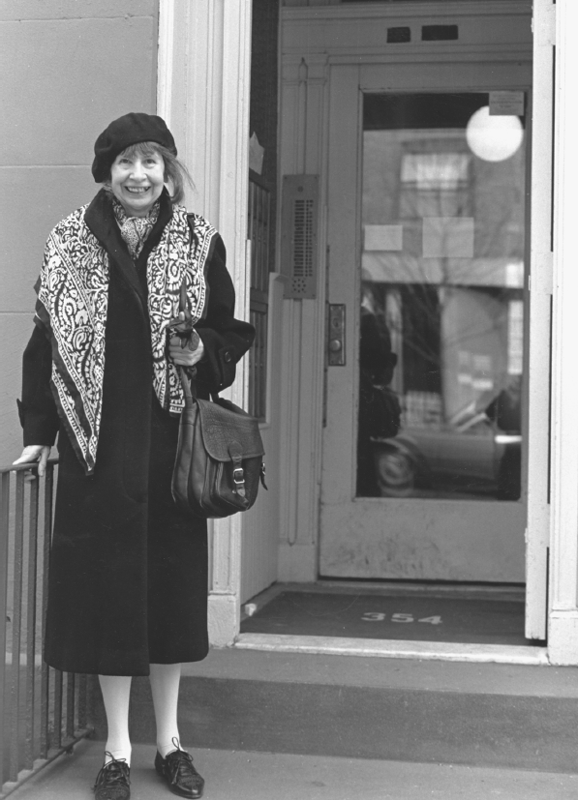
 COLUMBIA UNIVERSITY PRESS NEW YORK
COLUMBIA UNIVERSITY PRESS NEW YORK